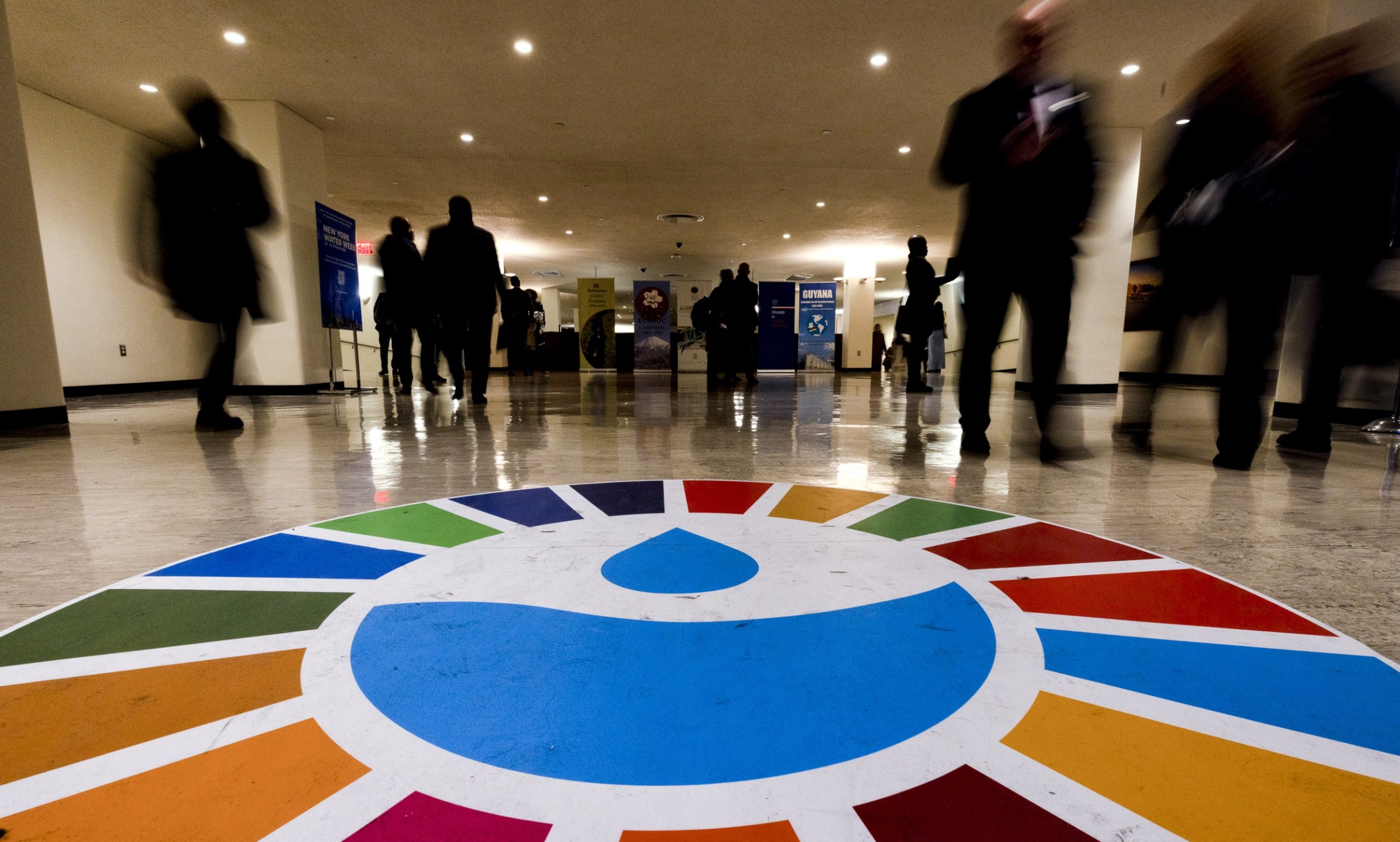The United Nations International Water Action Conference in March 2023 resulted in over 670 commitments to address water security problems from various governments, multilateral institutions, businesses, and non-governmental organisations. These promises have consequences that must be examined, such as the challenges associated with achieving universal, safe, affordable, and equitable access to water in accordance with SDG 6.

The goal of the Water Action Conference
- The first United Nations meeting on freshwater: The Water Action meeting in March 2023 was the first UN freshwater meeting in nearly 50 years.
- Aims to promote the water agenda and meet SDG 6: The purpose of the conference was to review the Water Action Decade 2018-2028, which seeks to advance the water agenda and accomplish SDG 6, sustainable water management and sanitation for all.
The conference’s themes
- The Conference will cover five topics related to the SDG 6 Global Acceleration Framework:
- Access to ‘WASH’ (Global Water, Sanitation, and Hygiene), including the Human Rights to Safe Drinking Water and Sanitation
- Water for Sustainable growth: Water valuation, the water-energy-food nexus, and long-term economic and urban growth.
- Water for Climate, Resilience, and the Environment: From the source to the sea, biodiversity, climate, resilience, and disaster risk mitigation are all benefits of water.
- Water for Cooperation includes transboundary and worldwide water cooperation, cross-sectoral collaboration, and water across the 2030 Agenda.
- Water Action Decade: Accelerating implementation of Decade for Action goals, including through the UN Secretary-General’s Action Plan.
What exactly is the Water Action Decade (2018-2028)?
- The United Nations General Assembly unanimously adopted the resolution International Decade (2018-2028) for Action Water for Sustainable Development in December 2016 to help concentrate attention on water over the next ten years.
- It aims to advance the water agenda by revitalising existing programmes and projects and inspiring water action to achieve the 2030 Agenda, specifically Sustainable Development Goal 6 (SDG 6), which anticipates sustainable water and sanitation management for all.
- The programme aims to foster action-oriented collaborations to improve water resource management, water-use efficiency, and access to safe drinking water and sanitation services. The Decade seeks to establish a platform for sharing knowledge and experiences, promoting innovation, and building capability for long-term water management.
The International Water Action Agenda and pledges
- International Water Action Agenda: The conference resulted in the international Water Action Agenda, which included over 670 commitments to handle water security problems from governments, multilateral institutions, businesses, and non-governmental organisations.
- Commitments are entirely voluntary: Almost 164 governments and 75 multilateral organisations made promises, but they are voluntary and legally non-binding.
Consequences of made promises
- The Water Action Agenda promises must be scrutinised to determine whether they will result in universal, safe, affordable, and equitable access to water in accordance with SDG 6.
- Meeting this goal by 2030 will necessitate annual capital expenditures of $114 billion.
- The annual operating and maintenance expenses for basic water and sanitation services (WASH) are expected to rise from around $4 billion to more than $30 billion by 2030.
Challenges associated with achieving SDG 6
- Funding: Regional, national, and foreign funding prioritises new water infrastructure over water maintenance services, resulting in lower service levels for water customers.
- Investment: The necessary investment would necessitate valuing water, which would necessitate accurate water measurement and accounting.
- Limitations: Our understanding of the amount, flux, and quality of water in lakes, rivers, soils, and aquifers is severely limited. Water usage statistics has significant gaps.
India’s pledges and difficulties
- At the conference, India made two important commitments:
- A $240 billion investment in the water industry and
Attempts to replenish groundwater levels.
- However, groundwater extraction in India rose from 58% to 63% between 2004 and 2017, exacerbated further by climate change-induced intermittent rainfall, which further reduces recharge potential.
- The revised Groundwater Bill 2017 empowers state groundwater boards to create laws, manage water allocation, and address other pertinent problems.
- State boards are understaffed, lack knowledge, and fail to prioritise socio-political disputes over groundwater resources.
@the end
Over 670 commitments to address water security problems were made at the international Water Action Conference. These pledges are voluntary and legally non-binding, but they are anticipated to galvanise political will to address the many water challenges.
Source: https://www.thehindu.com/opinion/op-ed/the-takeaways-from-the-un-world-water-conference/article66703720.ece
